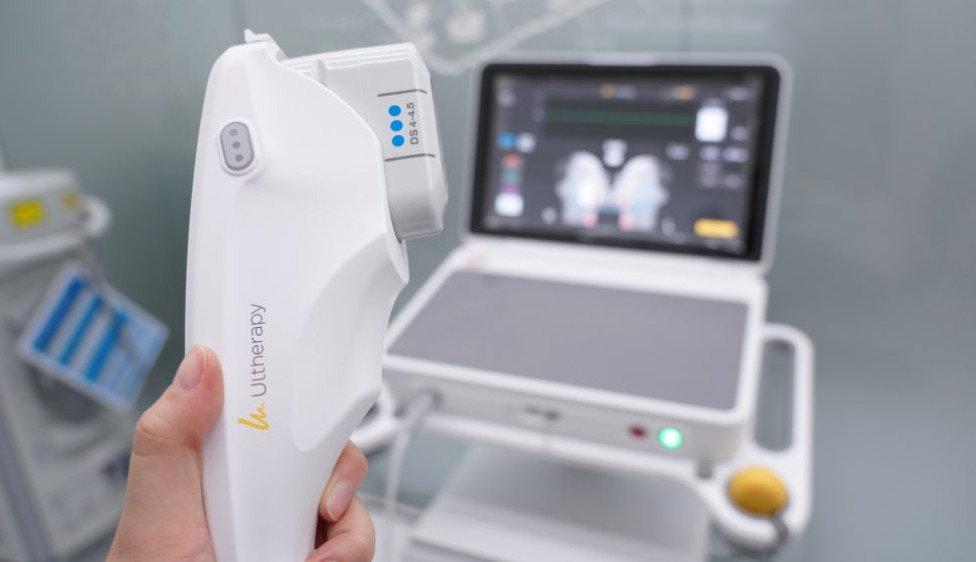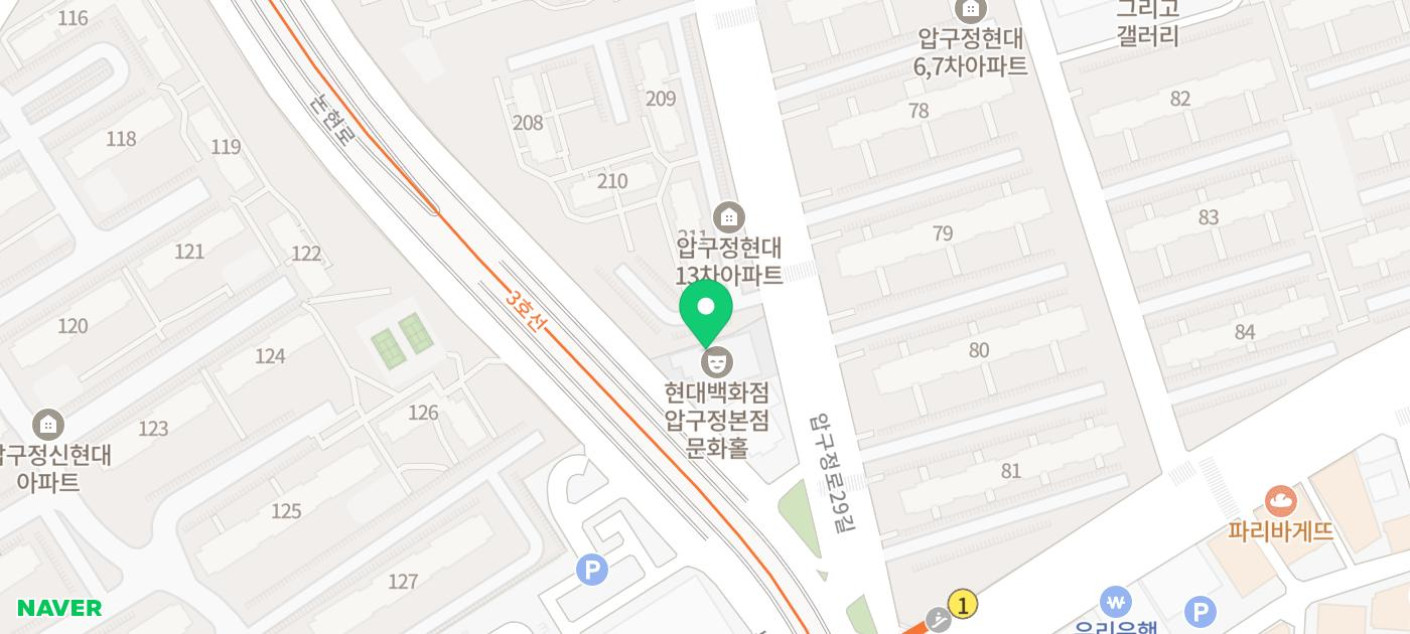Ultherapy PRIME: Setting a New Standard for Next-Generation Ultrasound Lifting

Ultherapy PRIME,
The New Standard for Next-Generation Ultrasound Lifting
Hello. This is Blanc de V Clinic.
Skin aging is not just about wrinkles,
but a complex phenomenon that includes decreased elasticity in the deep layers of the skin and changes in the skeletal structure.
To improve this, various non-surgical
lifting devices have been developed.
Among them, Ultherapy has been the leading
lifting device representing High-Intensity Focused Ultrasound (HIFU) technology
for the past decade.
It has been recognized for both safety and effectiveness
and has been called the standard of non-surgical lifting.
The next-generation device that upgrades the existing Ultherapy,
Ultherapy PRIME, has
newly emerged.
Developed by the global medical company Merz,
this device has proven its safety through FDA approval,
and is characterized by enhanced precision and efficiency
compared to the existing Ultherapy.
Today, we will take a closer look
at the technical characteristics and
clinical significance of Ultherapy PRIME.
Next-Generation Platform Complementing Limitations
Ultherapy has been differentiated from existing devices
in that it can deliver energy to deep layers of the skin using HIFU,
especially the SMAS layer.
However, in actual clinical settings, there has been a need for improvement
in areas such as treatment speed, image resolution, and observation range.
Ultherapy PRIME is a next-generation platform
developed to address these limitations.
[More Precise Imaging Device]
The biggest change in PRIME is
the expansion of the real-time visualization function (MFU-V).
Existing Ultherapy allowed local observation
up to a maximum depth of 4.5mm,
but PRIME allows video observation
up to 8mm.
Thanks to this, energy can be delivered
to the correct layer while checking skin thickness
or individual anatomical differences in real time.
This is considered an important factor
in increasing the stability of the procedure and the reproducibility of the results.
[Improved Processing Speed and Interface]
According to official Merz data,
Ultherapy PRIME implements a processing speed
that is approximately 20% faster than the existing model.
By shortening the procedure time, both patients and practitioners
can reduce their burden.
In addition, the user interface (UI) has also been
intuitively improved so that practitioners can easily
adjust the energy level or irradiation range.
[Various Transducers and Customized Application]
Ultherapy PRIME supports transducers
with depths of 1.5mm, 3.0mm, and 4.5mm, similar to the existing model,
but the improved imaging device has expanded its range of use.
Through this, it can be applied to various areas,
from improving fine lines to lifting the jawline,
improving neck wrinkles, and managing the décolleté.
Clinical utilization is high in that
customized procedure design is possible
depending on skin thickness and degree of aging.
[Improvements in Safety]
One of the biggest concerns with Ultherapy procedures
was the possibility of side effects such as cheek hollowing or nerve damage.
However, Ultherapy PRIME reduces these risks
by allowing more accurate confirmation
of the target layer through high-resolution images and a wider observation range.
This can be said to be an important advancement
in non-surgical lifting procedures that emphasize safety.
Ultherapy PRIME is evaluated as
a platform that redefines the standard
of non-invasive lifting, going beyond a simple device upgrade.
Fast speed, precise imaging, and expanded application range
provide practitioners with high reproducibility and stability,
and patients with shorter procedure times and predictable results.
In particular, the mechanism of inducing collagen and elastin production
is the same as the existing Ultherapy, but it is differentiated
in that a more sophisticated approach is possible.
In summary, Ultherapy PRIME inherits the advantages
of the existing Ultherapy while improving the imaging device,
processing speed, and stability, establishing itself as a next-generation lifting device.
It can be a more precise and efficient choice
when trying to improve skin elasticity and contours
non-surgically.
It is expected that more diverse cases and results
will be reported as clinical applications expand in the future.
Images







Source :https://blog.naver.com/blacdevie_apgujung/224020364725
No comments yet.
